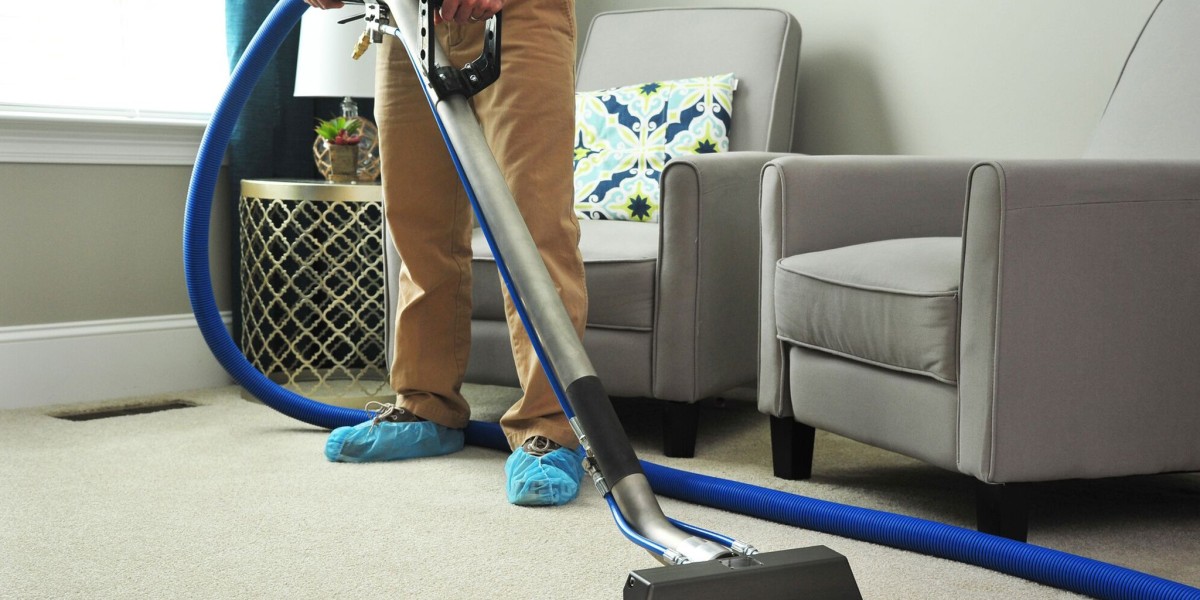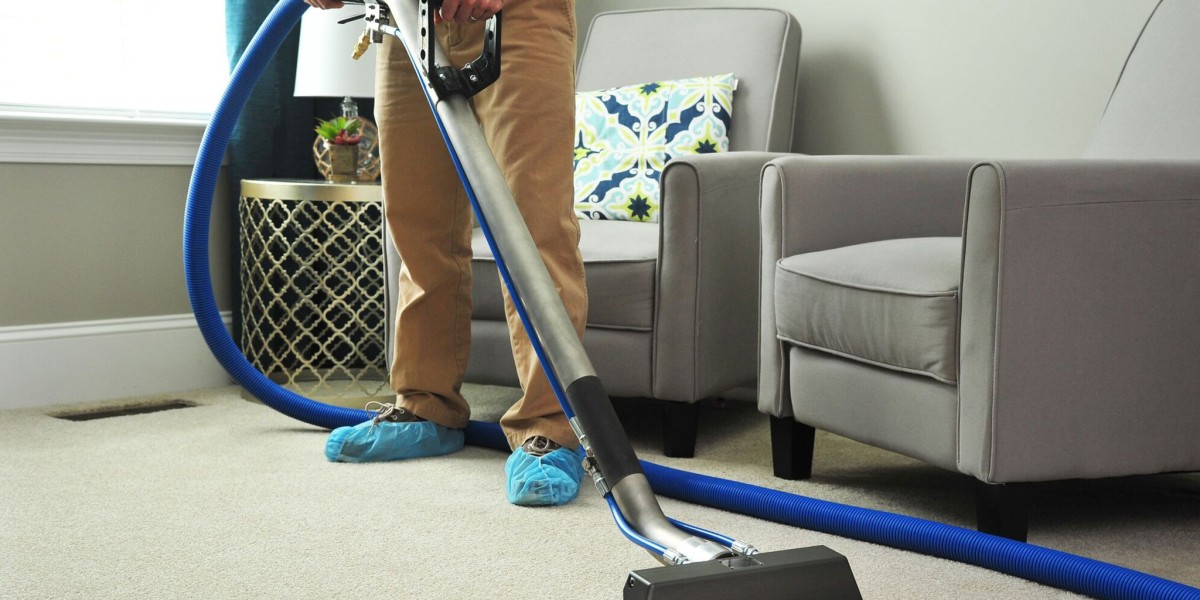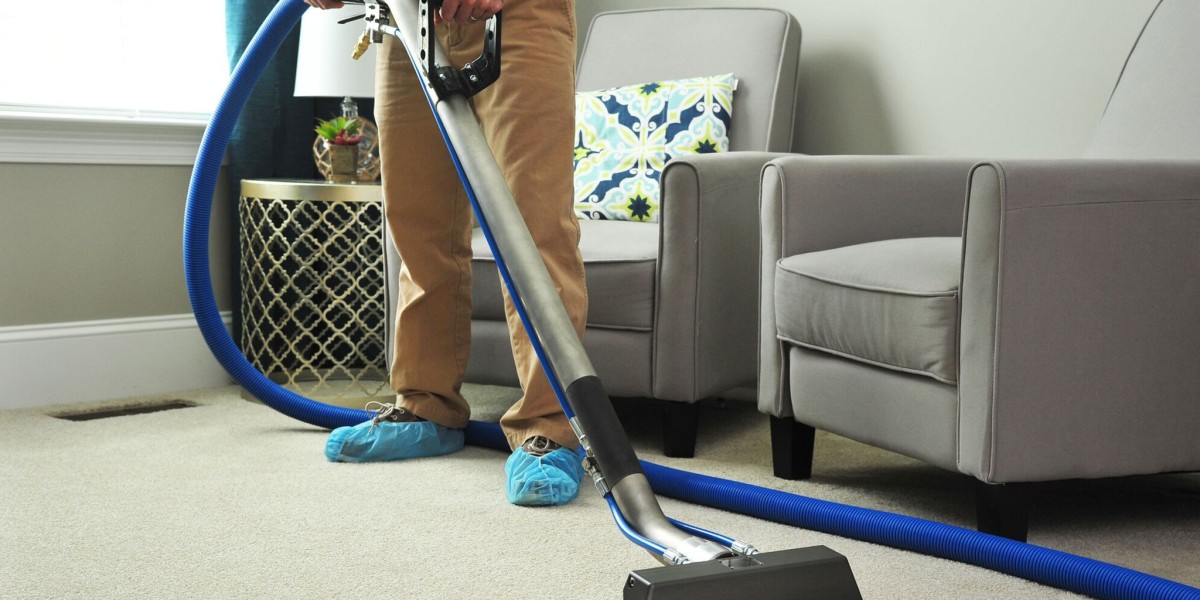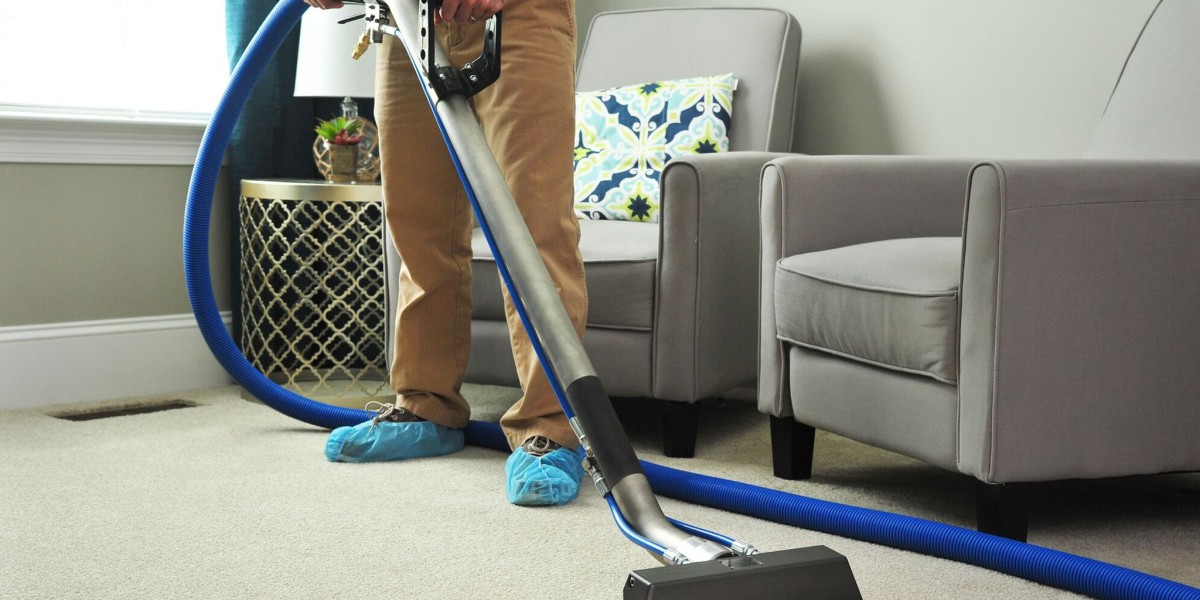Nonchlorinated polyolefins are emerging as a safer and more environmentally responsible class of materials in the world of polymer chemistry. As the demand for sustainable and non-toxic alternatives to traditional materials grows, nonchlorinated polyolefins are gaining attention for their versatility, chemical resistance, and reduced environmental impact.
Polyolefins, such as polyethylene (PE) and polypropylene (PP), are already well-known for their widespread applications across industries. Nonchlorinated polyolefins refer specifically to polyolefin compounds that are free of chlorine atoms in their molecular structure. This absence of chlorine makes these materials more desirable from an environmental and health perspective, particularly when compared to their chlorinated counterparts like PVC (polyvinyl chloride).
One of the primary advantages of nonchlorinated polyolefins is their excellent thermal stability and clean-burning characteristics. In case of combustion or incineration, they do not release harmful dioxins or hydrochloric acid—byproducts associated with chlorine-containing plastics. This makes them especially suitable for applications requiring strict fire safety standards, such as automotive interiors, electrical insulation, and construction materials.
Additionally, these materials are highly resistant to moisture, UV radiation, and chemicals, ensuring long-lasting performance in both indoor and outdoor environments. Their low density also contributes to weight reduction, a crucial benefit in sectors such as automotive and packaging where efficiency and sustainability go hand-in-hand.
Nonchlorinated polyolefins are also widely used as adhesion promoters, particularly in coatings, inks, and composite materials. Modified polyolefin resins—such as maleic anhydride grafted polypropylene—are often applied as tie layers to bond otherwise incompatible materials, improving adhesion without compromising safety or environmental performance.
As global industries increasingly move away from halogenated flame retardants and chlorinated polymers due to regulatory restrictions and green building initiatives, nonchlorinated polyolefins are becoming the go-to choice. They align well with sustainability goals and support compliance with standards such as RoHS, REACH, and LEED.
Innovation in nonchlorinated polyolefin technology is further enabling their use in bio-based and recyclable product designs. These materials are being integrated into circular economy models, allowing for easier end-of-life recycling without releasing hazardous substances. Some advanced formulations are even tailored to be compostable under industrial conditions, opening new avenues for eco-conscious applications.








